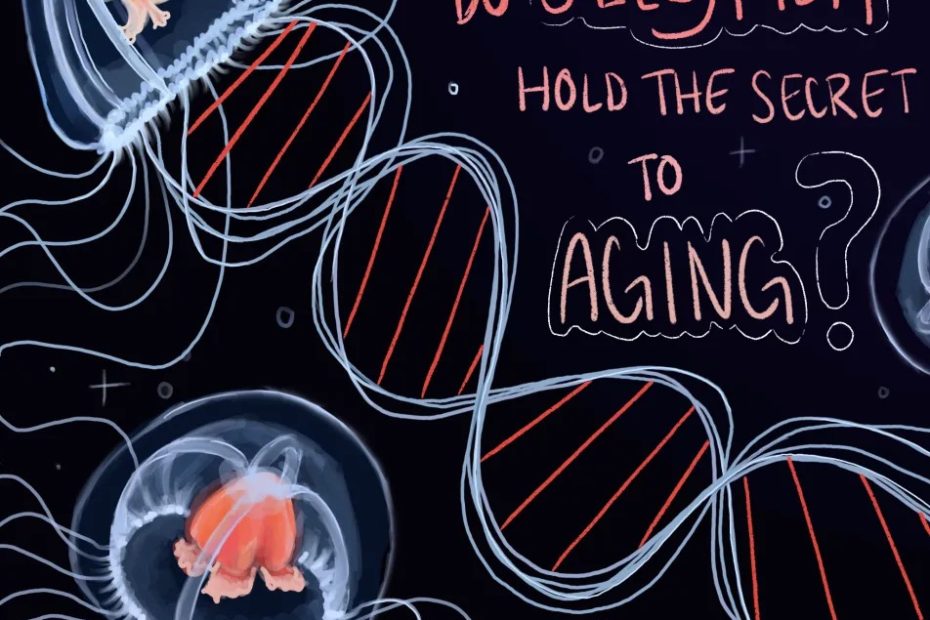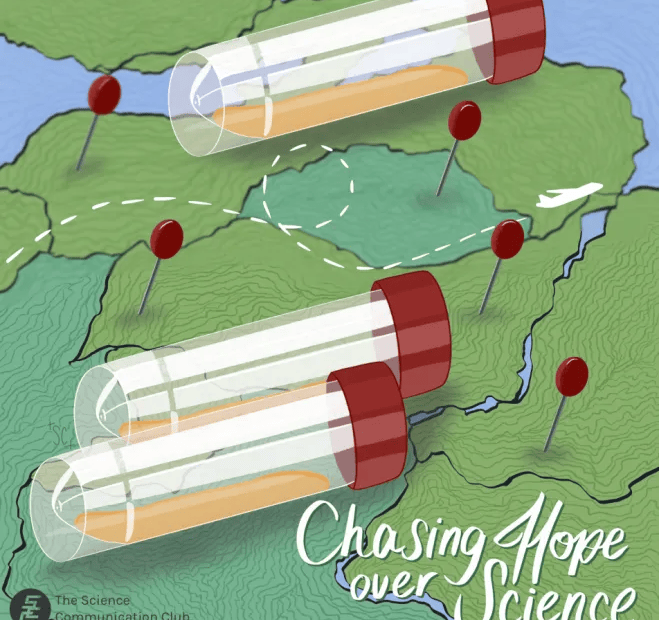The Violence and Resilience of Nature
Depicts an asteroid crashing into the Earth, with the text “The Violence and Resilience of Nature” in the top left corner. Text reading “How has Earth’s past catastrophes shaped the present moment?” follows the Earth’s curvature in the top right of the image.









